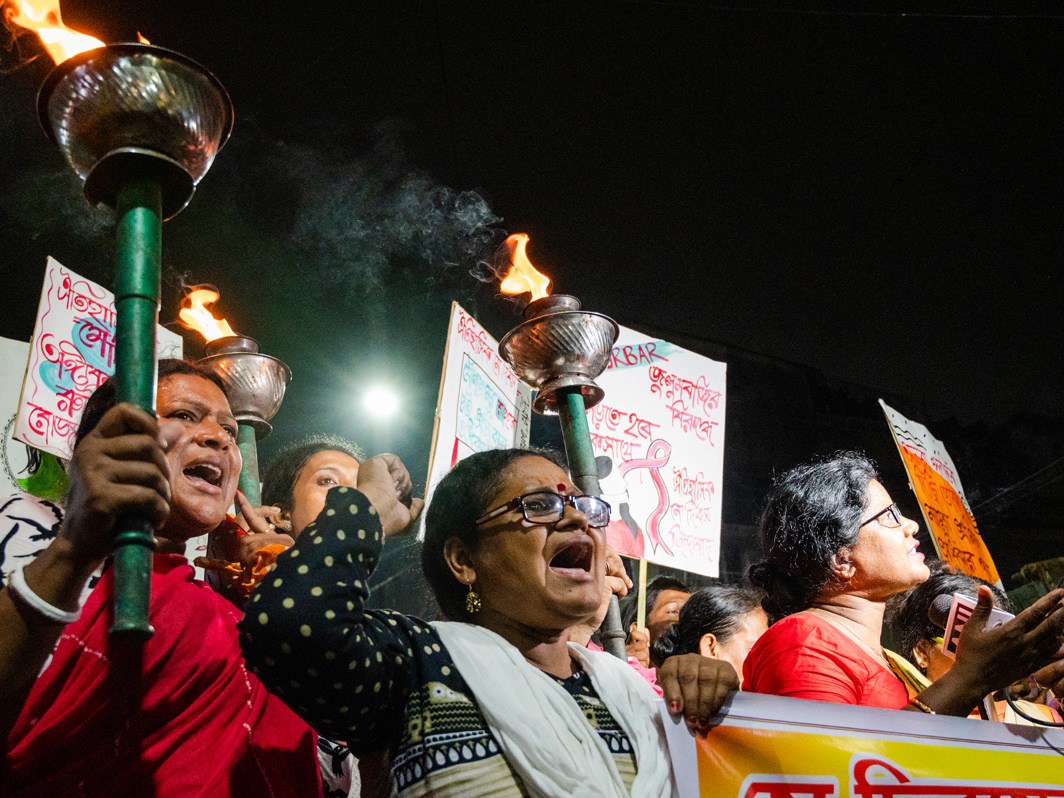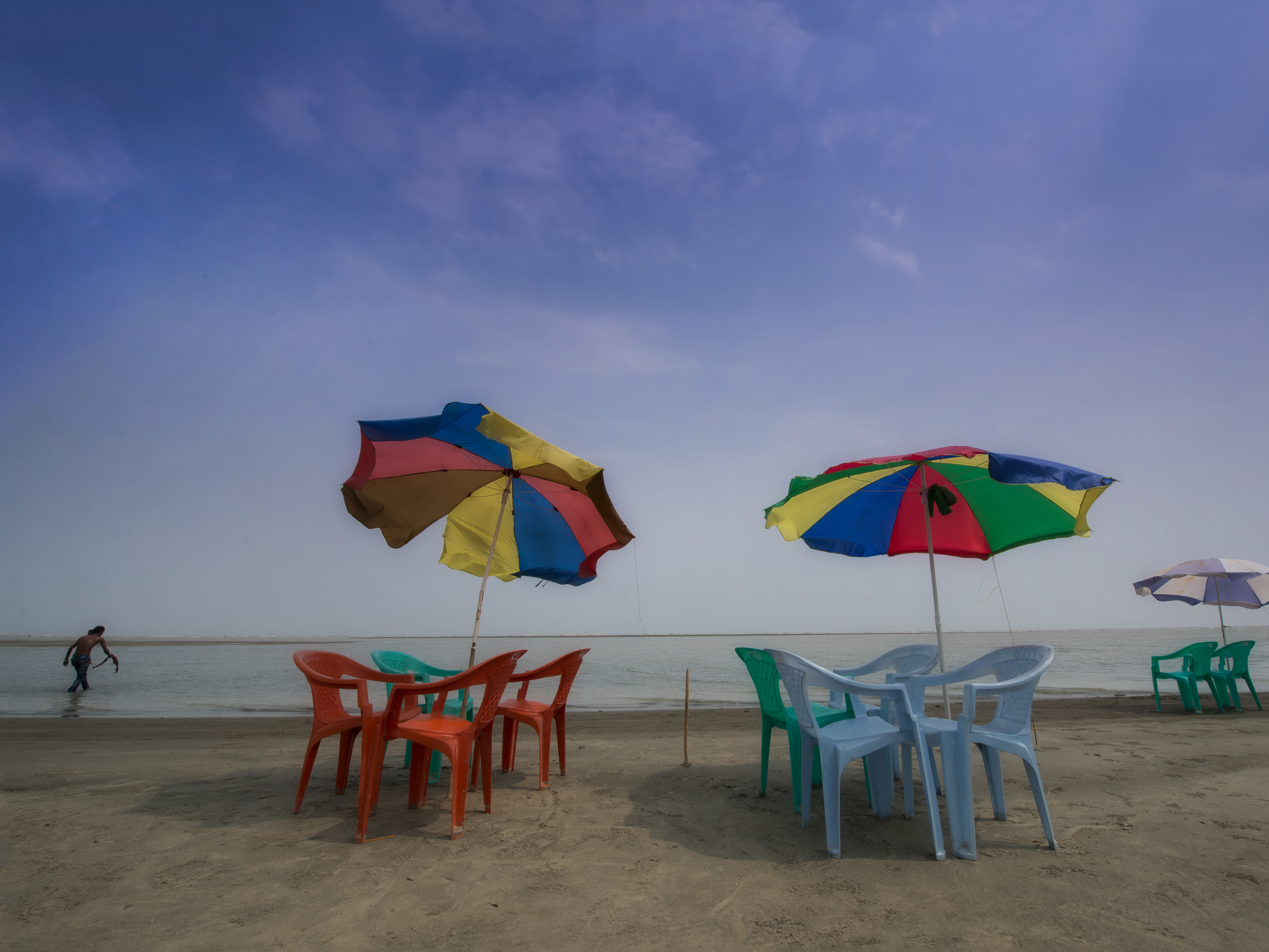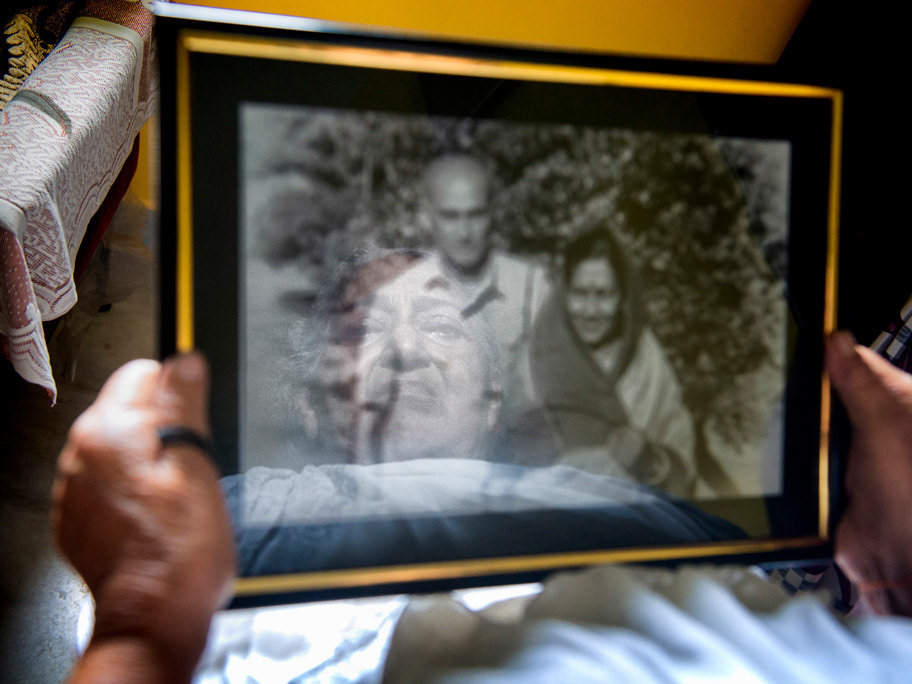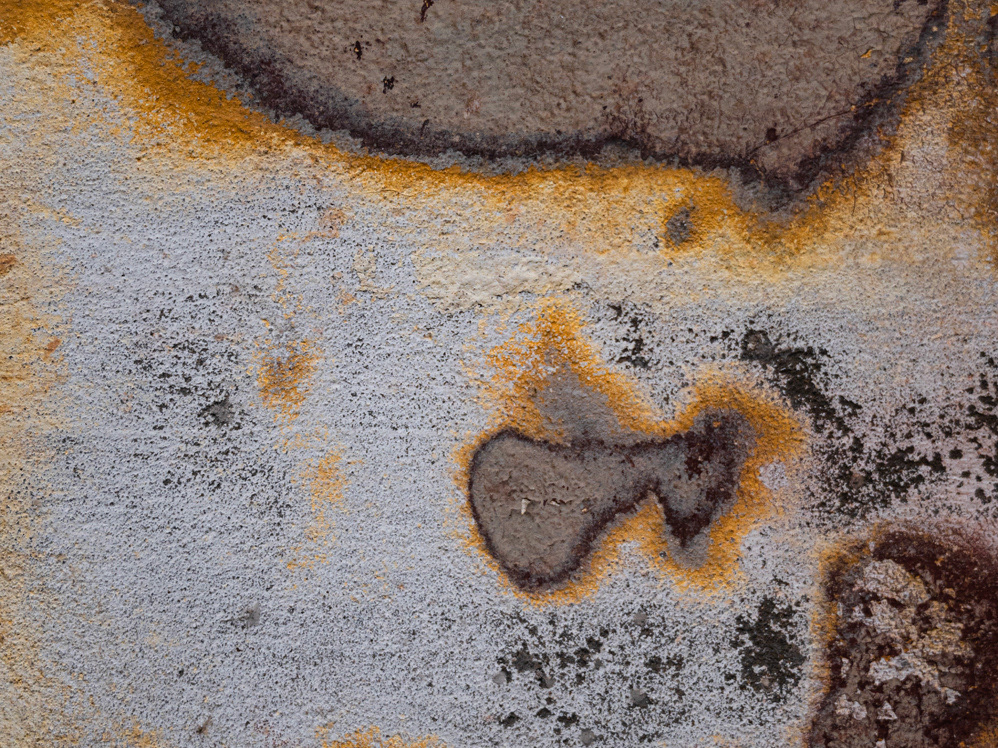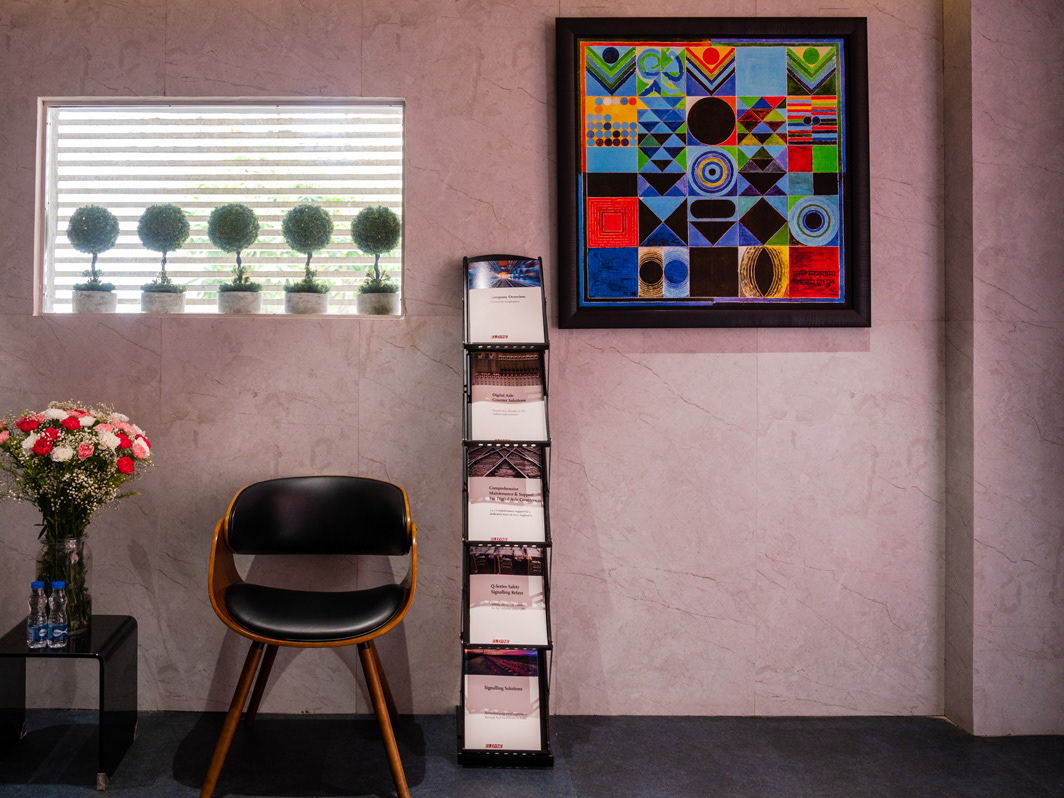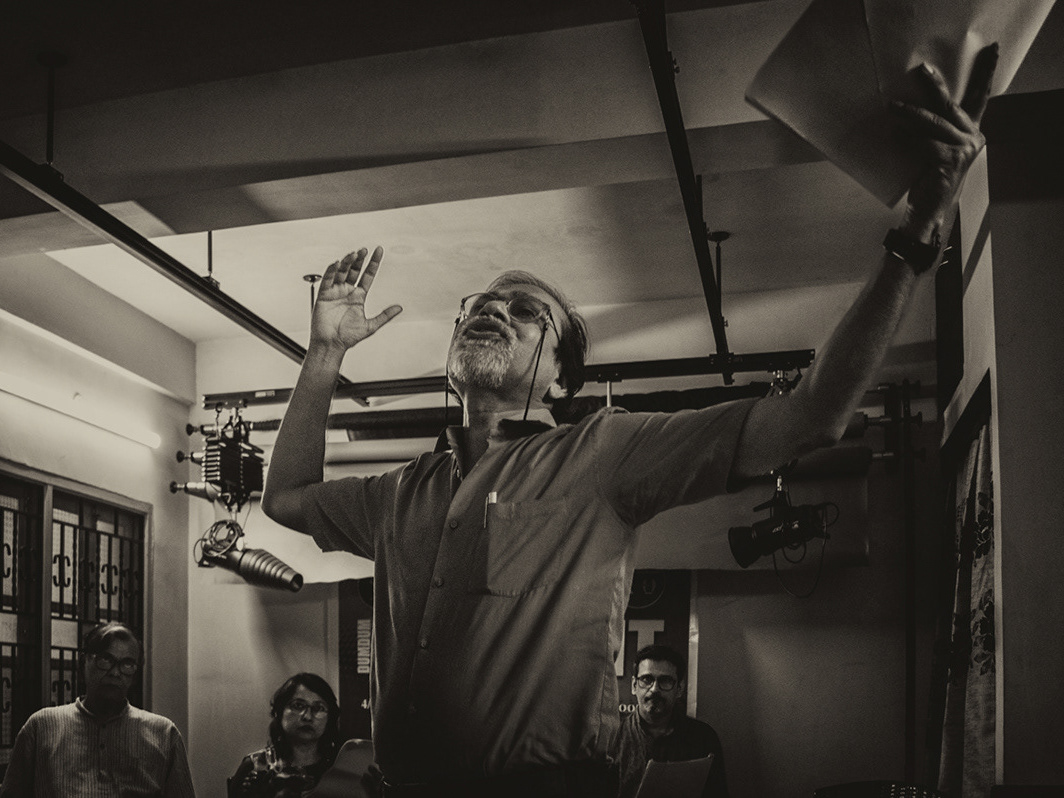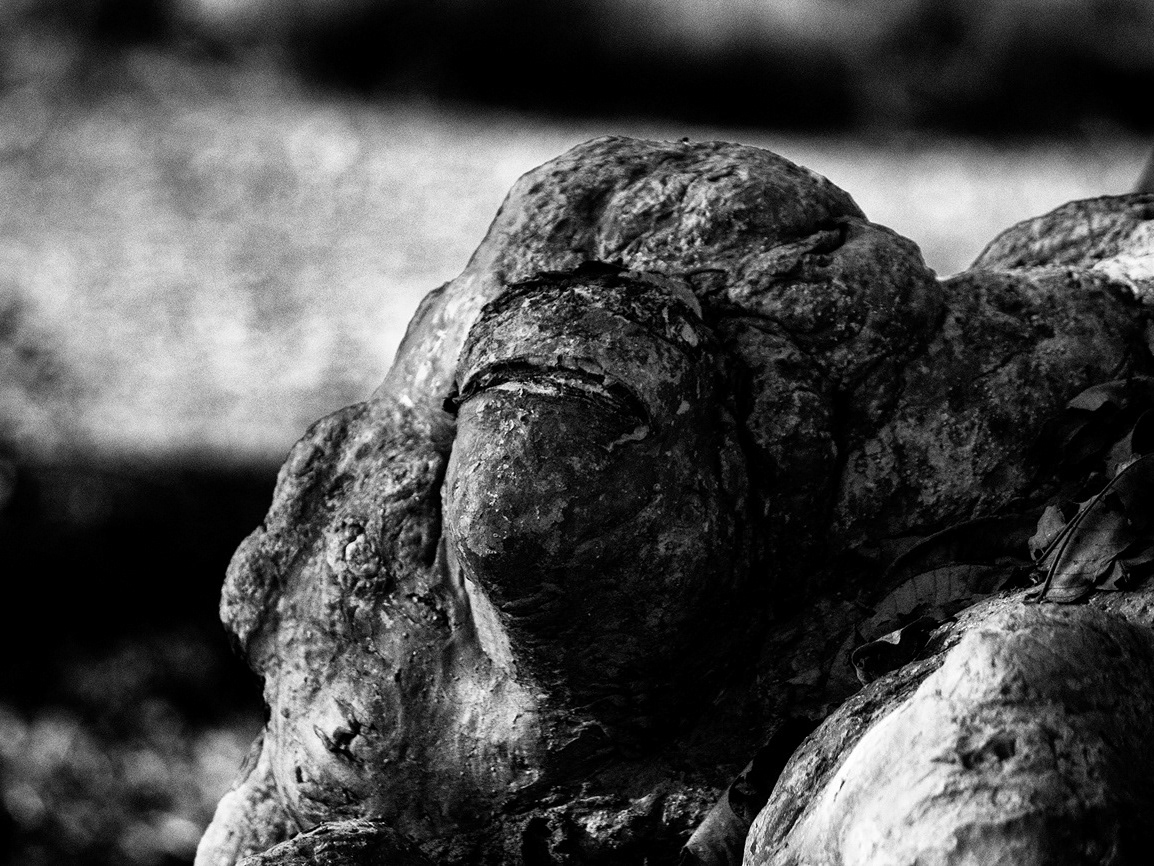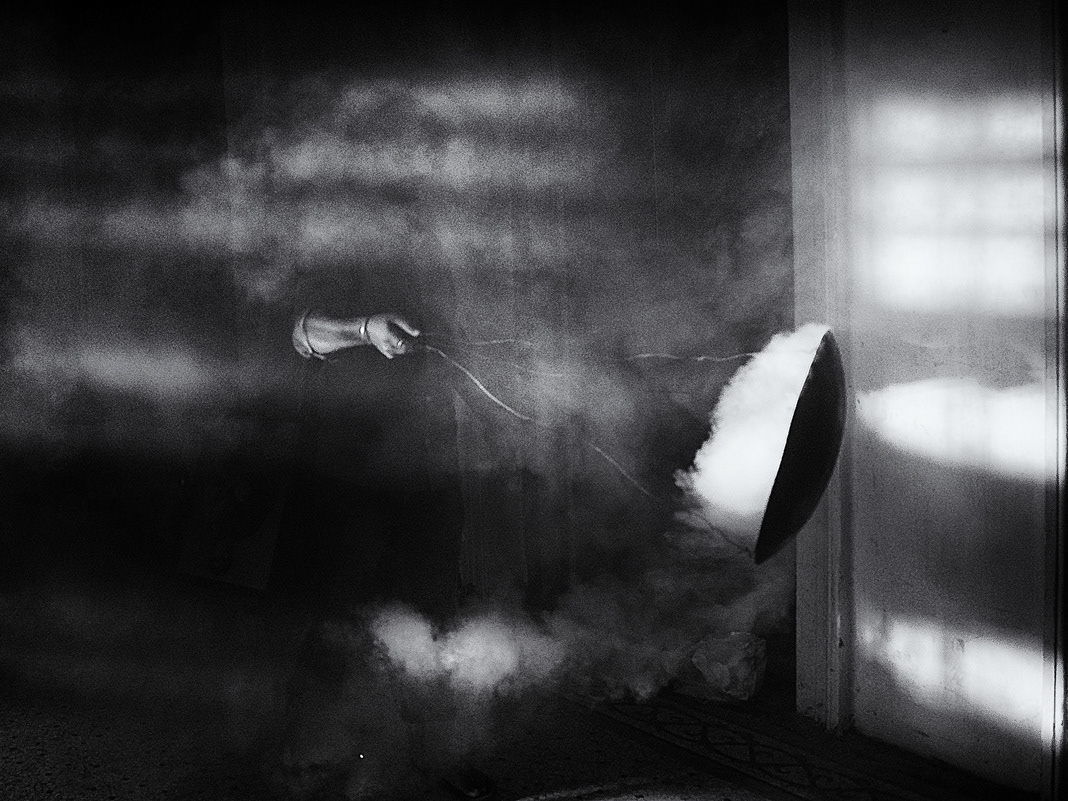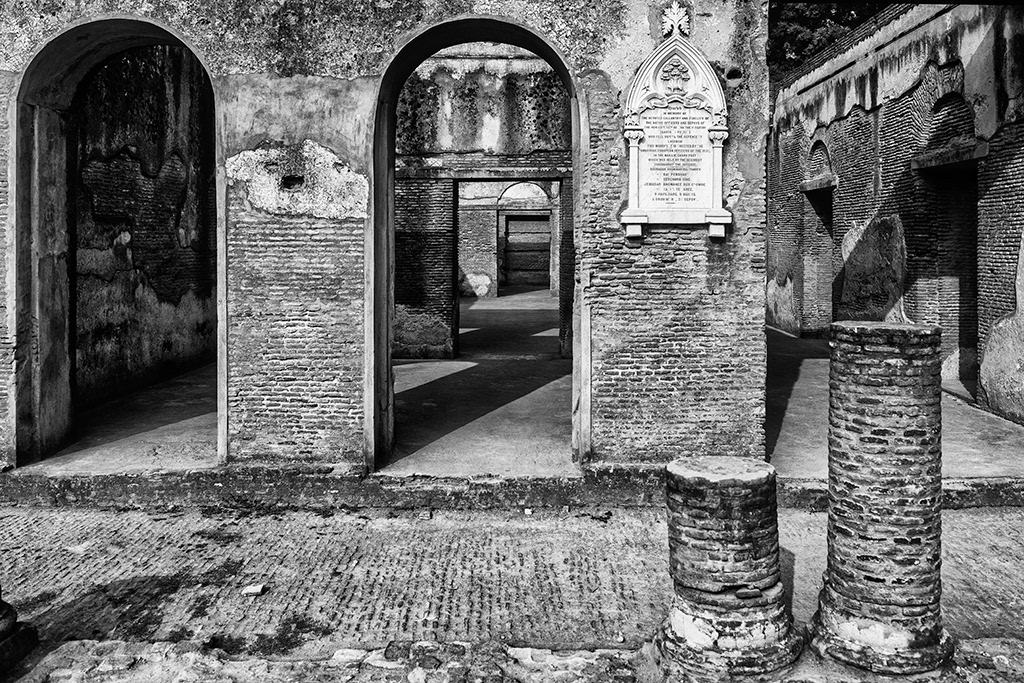
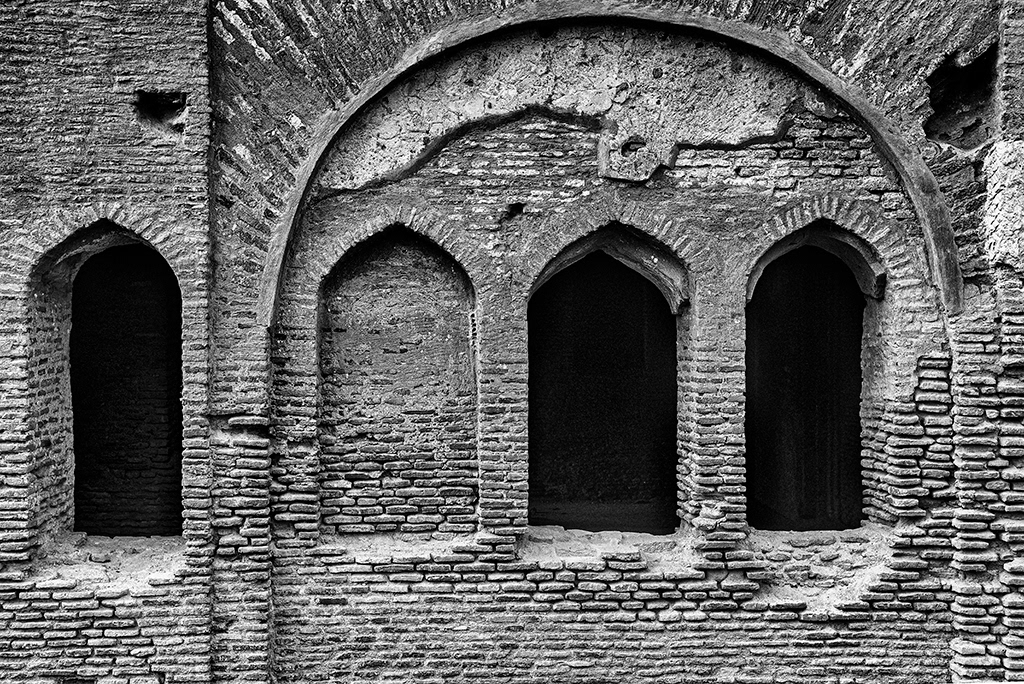
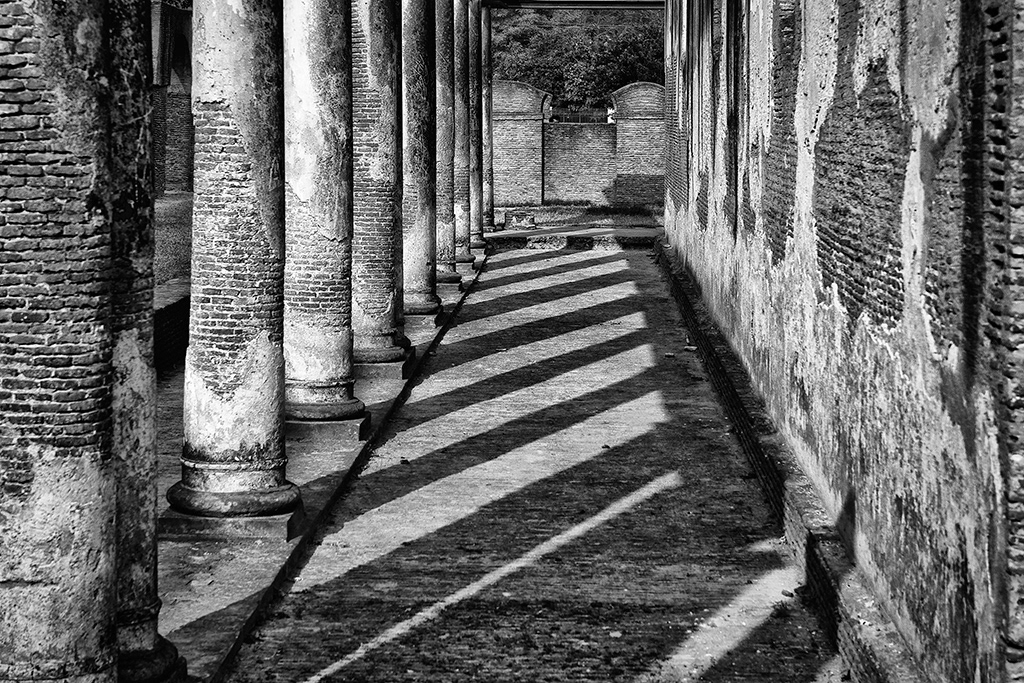
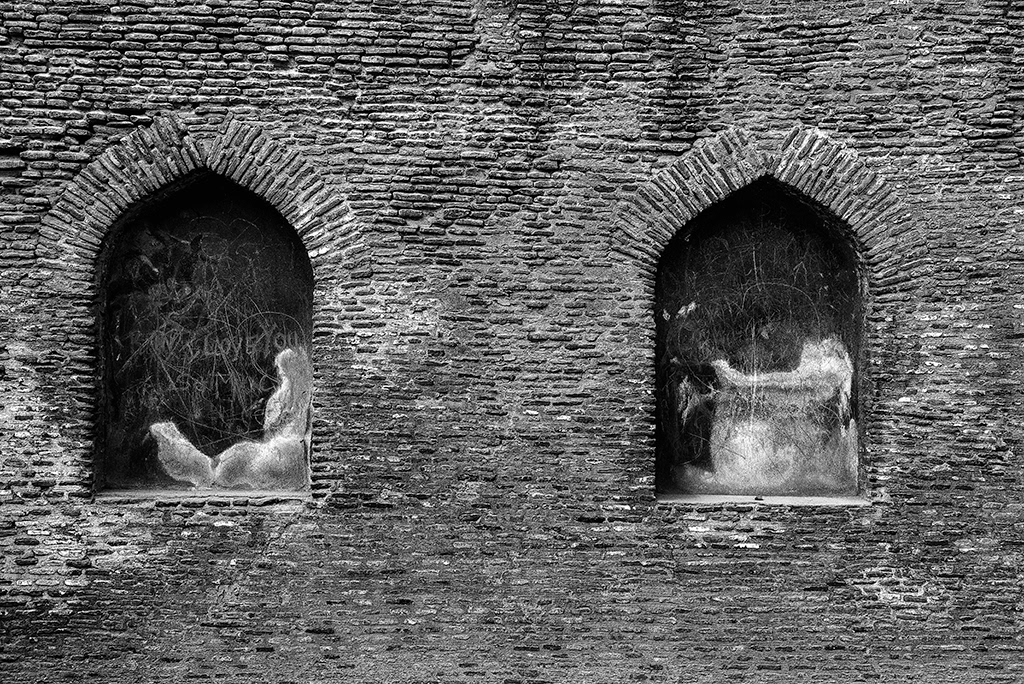
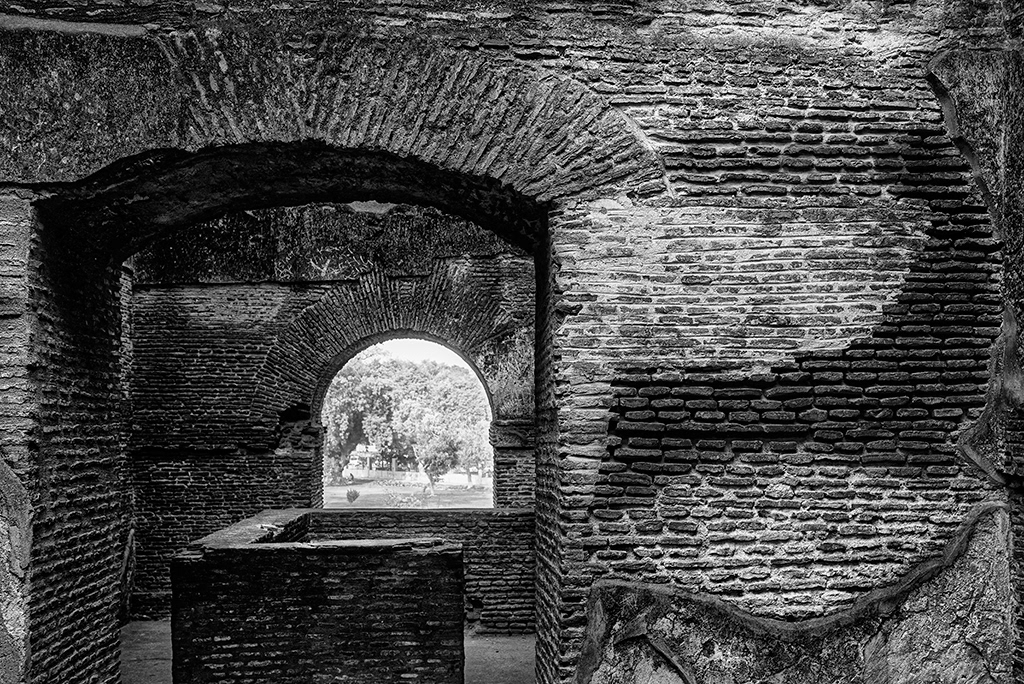
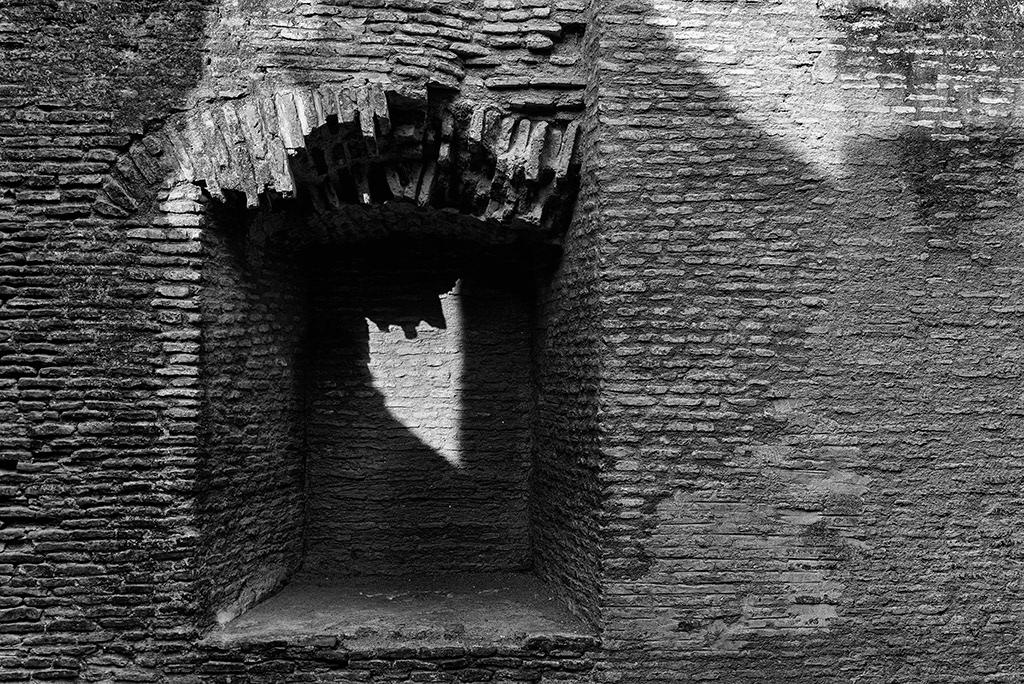
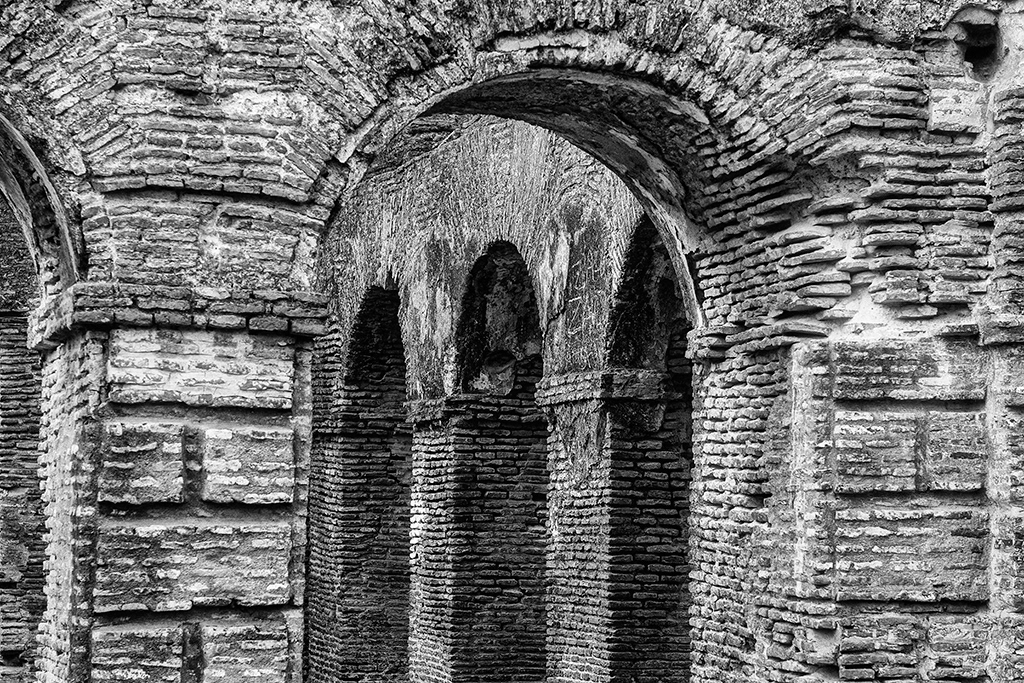
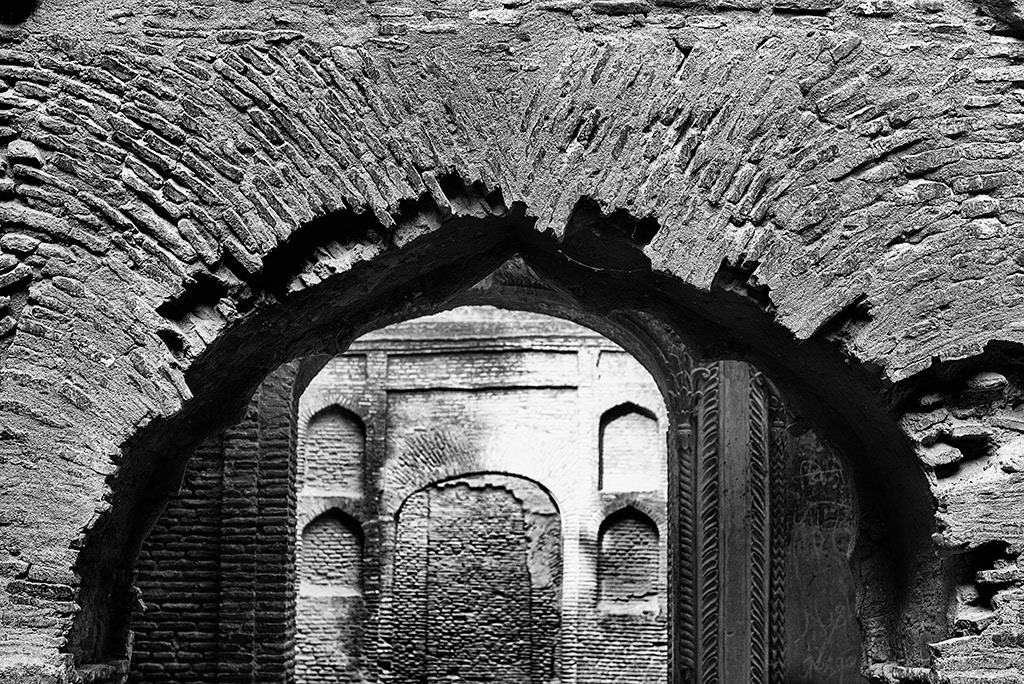
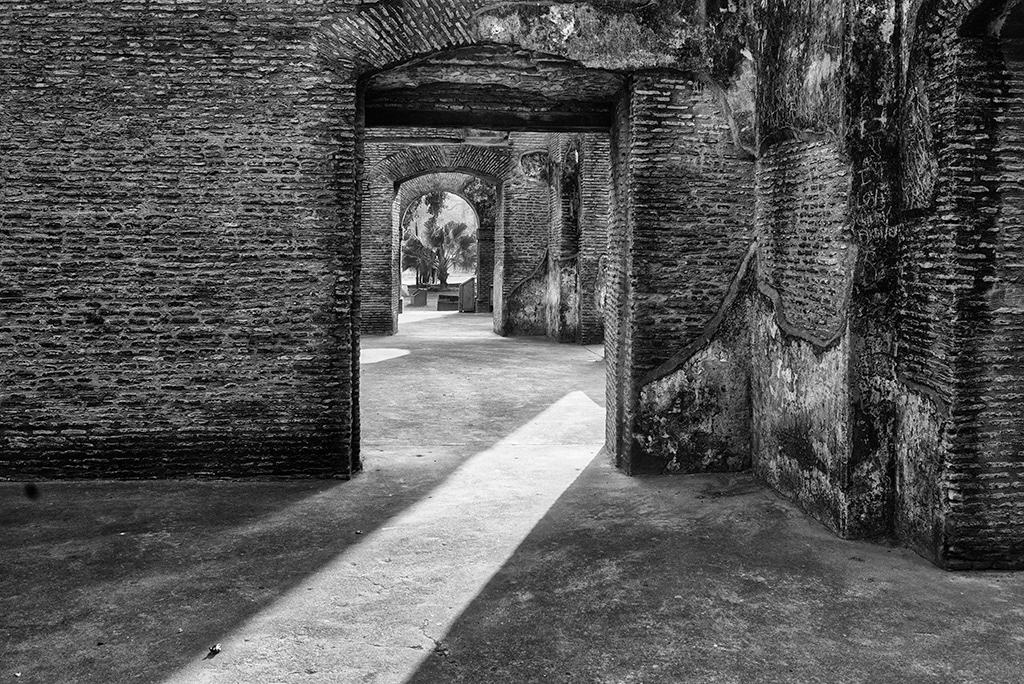
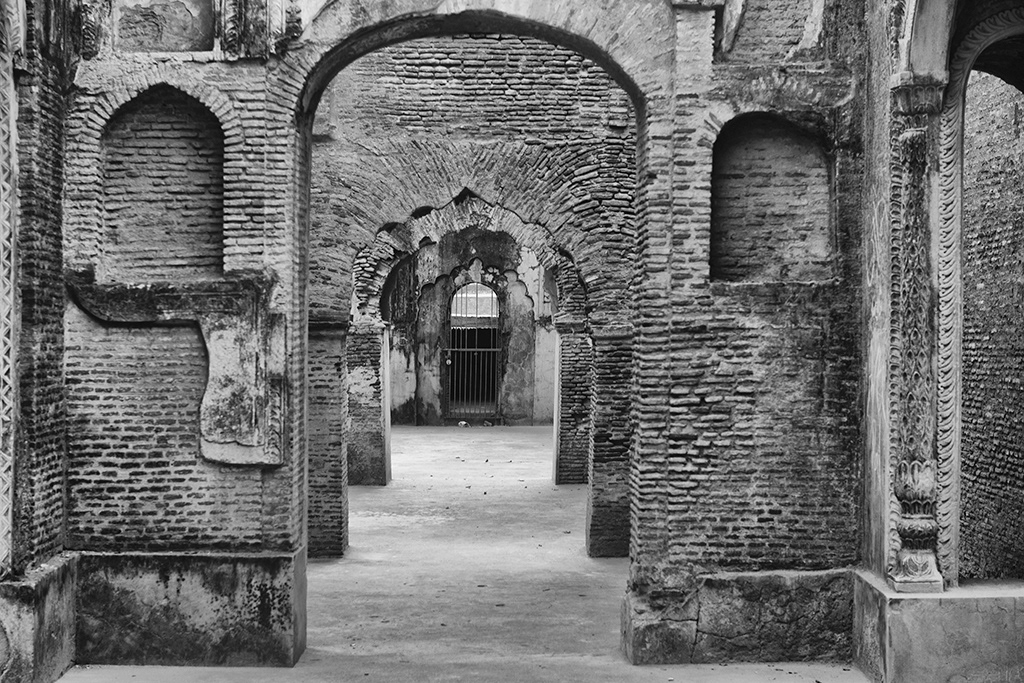
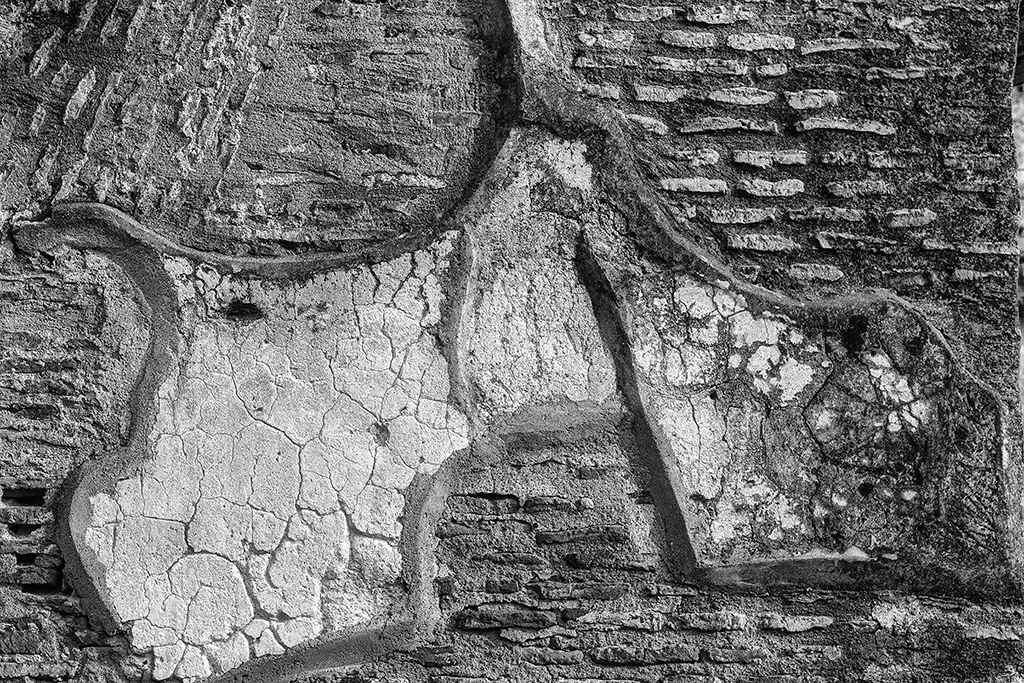
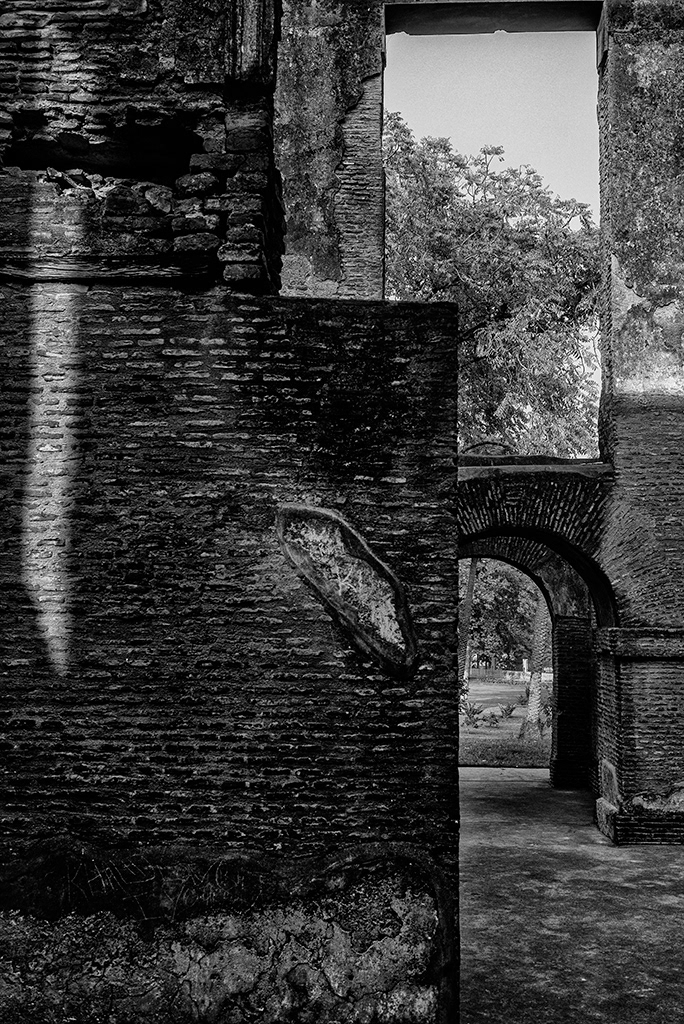
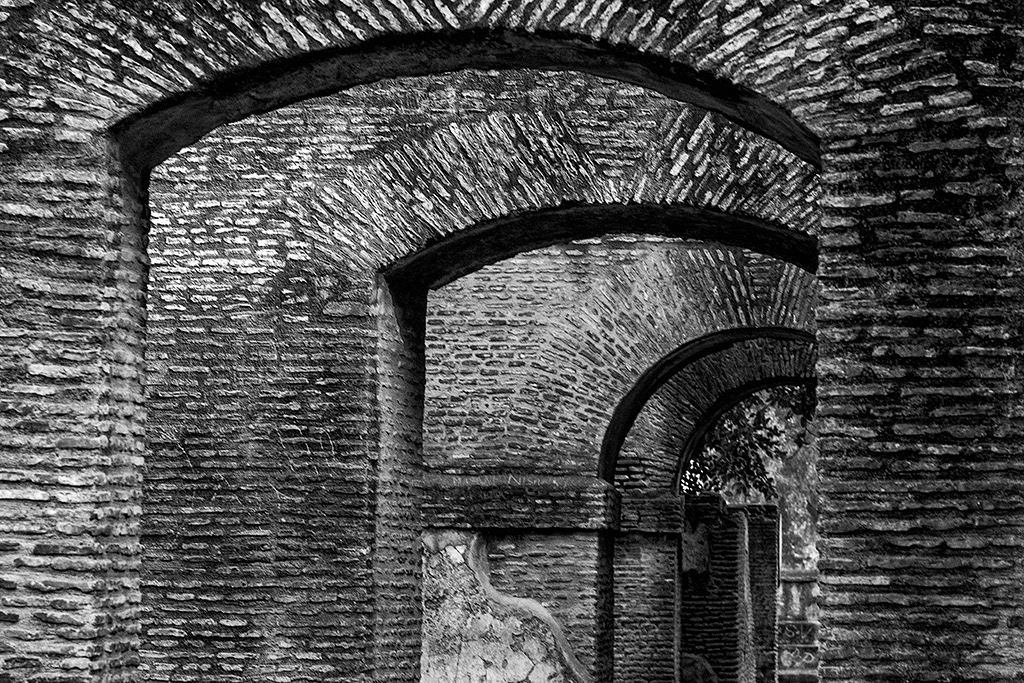
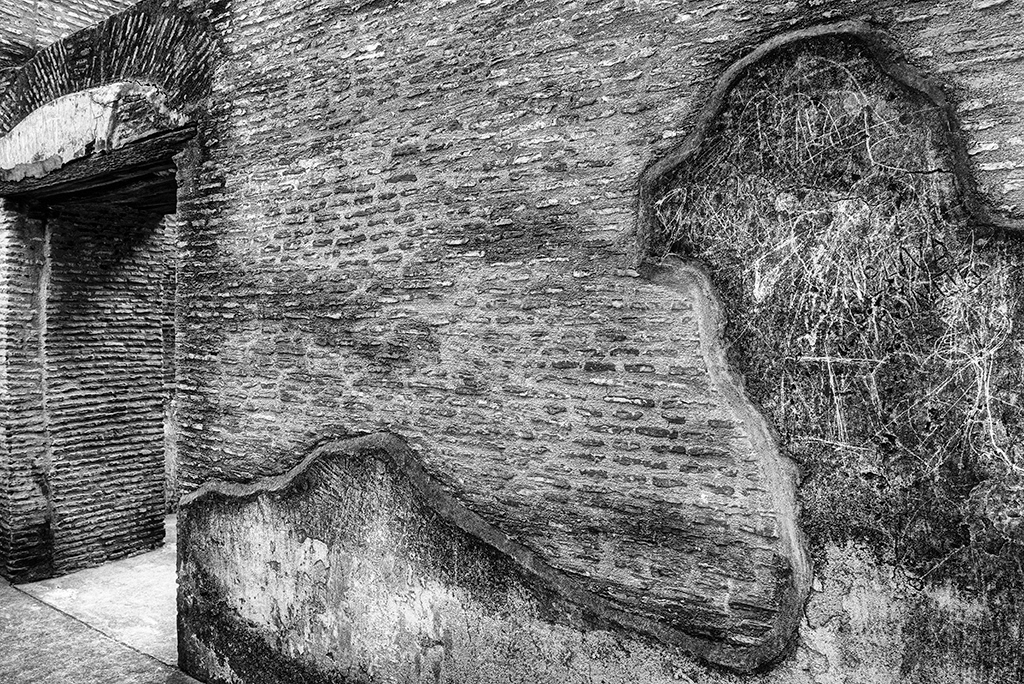
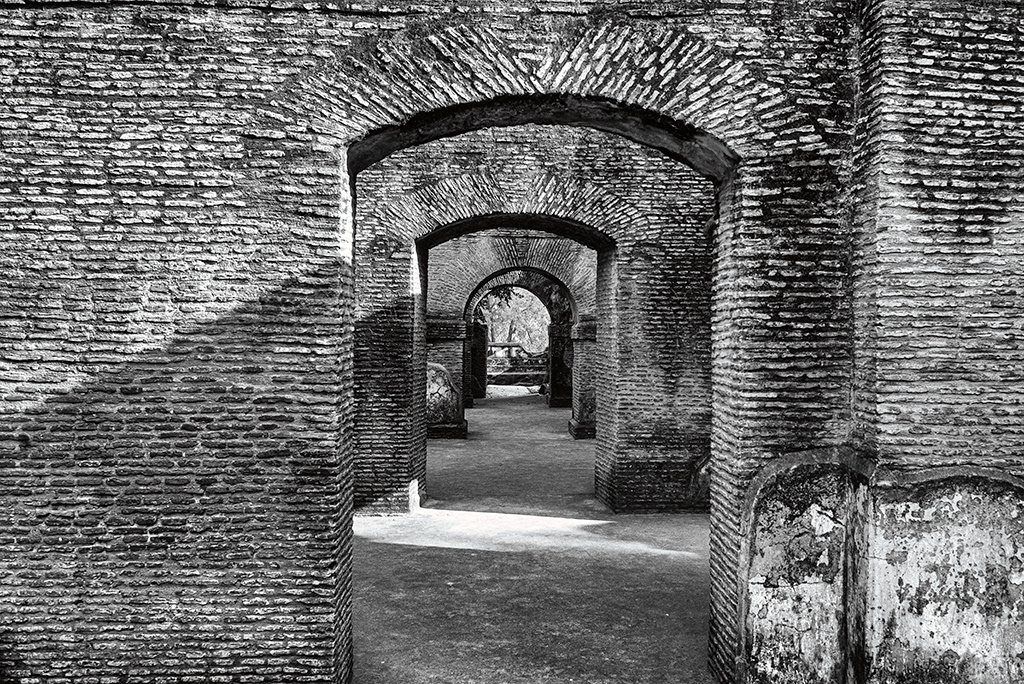
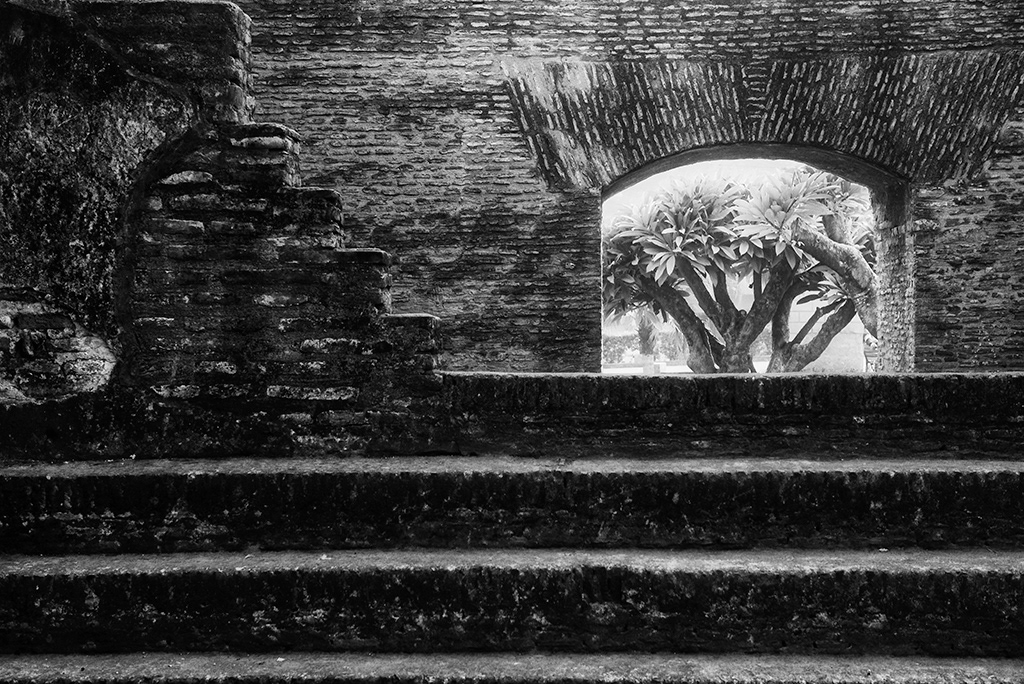
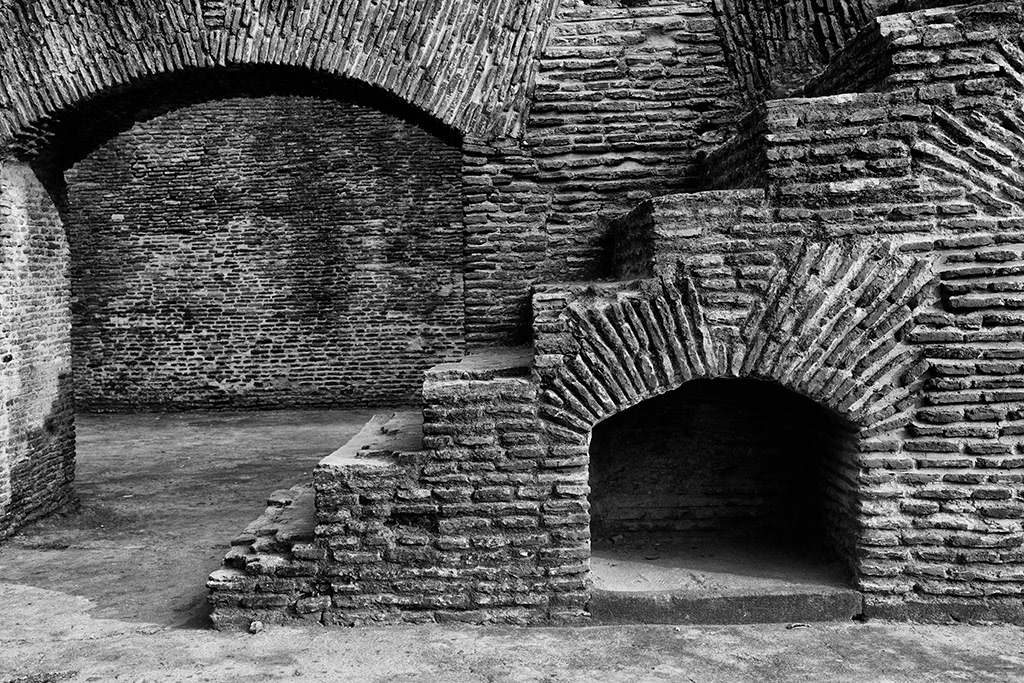
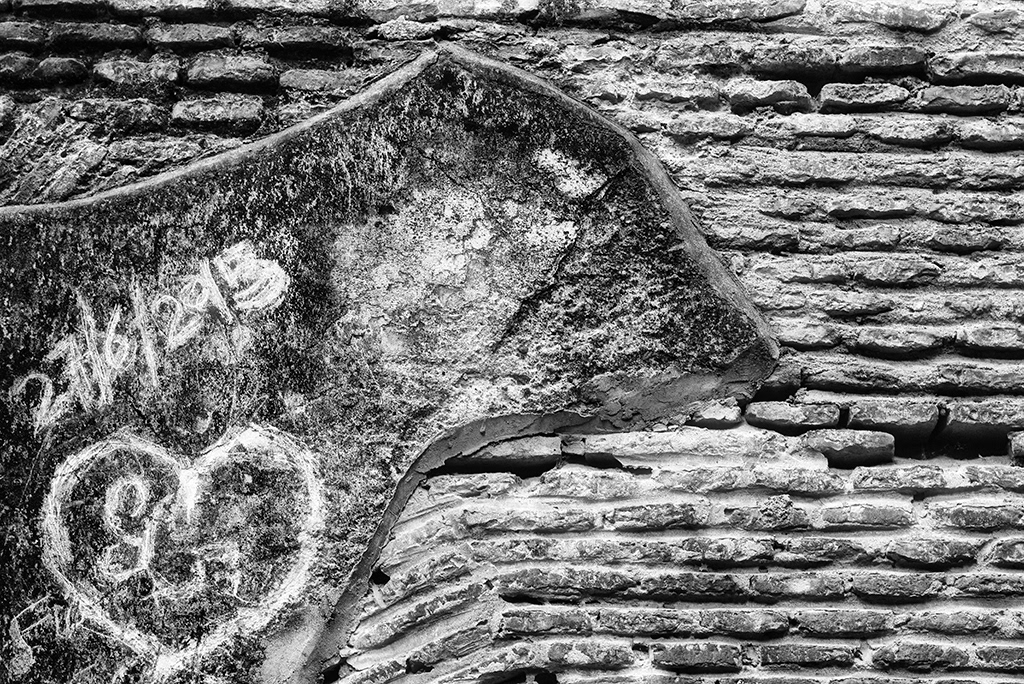
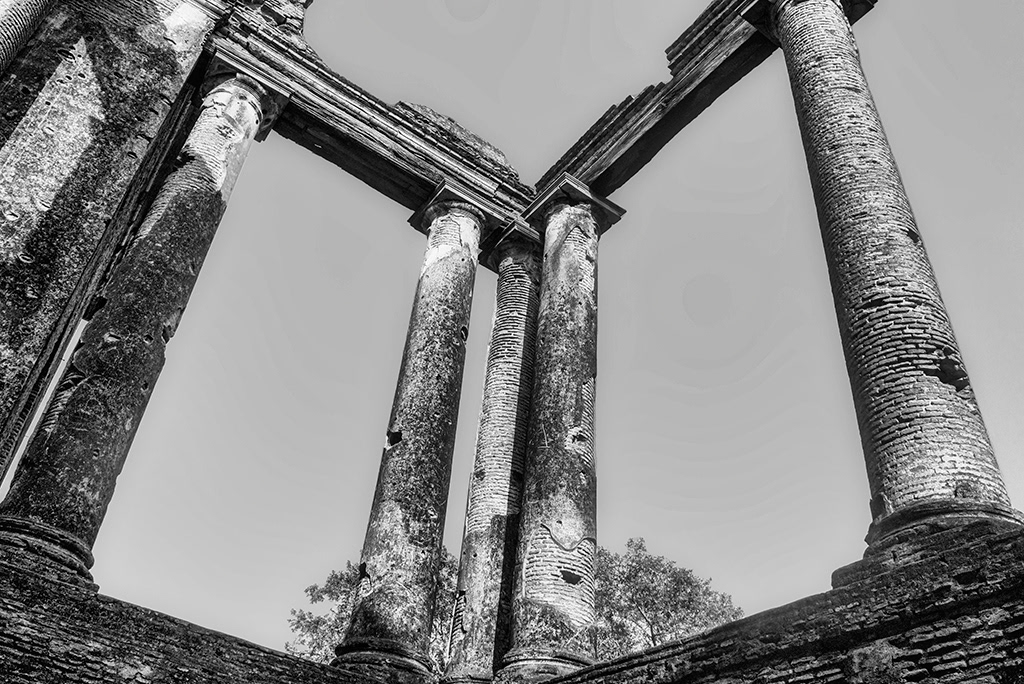
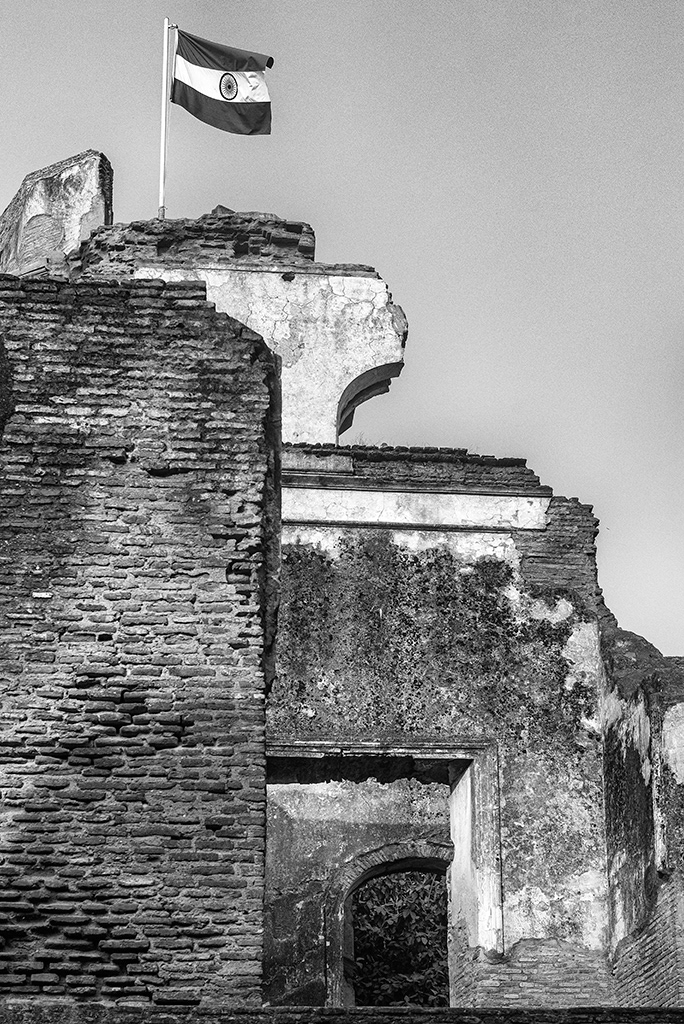
The Residency in Lucknow, also known as the British Residency, holds significant historical importance as a symbol of British colonial rule in India and a pivotal site during the Indian Rebellion of 1857. Located near the banks of the Gomti River, the Residency was originally constructed in the mid-18th century as the residence of the British Resident (the head of the British East India Company’s political mission) in the Kingdom of Oudh (now part of Uttar Pradesh). The Residency complex included living quarters, offices, and a vast garden.
Historical Context:
The British Residency played a central role in the political life of Lucknow during British rule. It was the residence and headquarters of the British Resident, who acted as the diplomatic representative of the British East India Company to the court of the Nawab of Oudh. Over time, the Residency became a symbol of British authority in the region. However, its most significant historical moment came during the Indian Rebellion of 1857, when the Residency was the center of a brutal and extended siege.
The Siege of the Residency (1857):
During the Rebellion of 1857, which is also known as the First War of Indian Independence, the Residency became the focal point of a major confrontation between the British and Indian forces. The Indian sepoys, along with local Indian soldiers and civilians who had joined the uprising, laid siege to the Residency for a period of over 150 days, starting in June 1857. The British, led by Major General Henry Lawrence, were under heavy attack from Indian forces seeking to overthrow British rule.
The siege was a harrowing ordeal, with both sides suffering massive casualties. The British forces inside the Residency were reduced to a state of extreme deprivation, and many soldiers and civilians died from injuries, starvation, or disease. After the prolonged siege, Reinforcements led by Sir Colin Campbell arrived, and the British forces were able to relieve the Residency in September 1857. Despite the relief, the Residency was left in ruins, and it became a powerful symbol of the British response to the rebellion.
Aftermath and Preservation:
After the suppression of the rebellion, the Residency complex was largely abandoned and fell into disrepair. The ruins of the Residency, with its bullet-scarred walls and damaged structures, were preserved as a memorial to the people who lost their lives during the siege. Today, the Residency is a popular historical site and tourist attraction in Lucknow, where visitors can see the remnants of the buildings, including the graves of British soldiers and civilians who perished during the siege.
The Residency complex is also home to a museum that showcases artifacts from the time of the rebellion, including weapons, personal items, and historical documents, providing visitors with insight into the events of 1857. The Residency’s history is a poignant reminder of the violence, courage, and suffering that marked the period of colonial rule in India.
